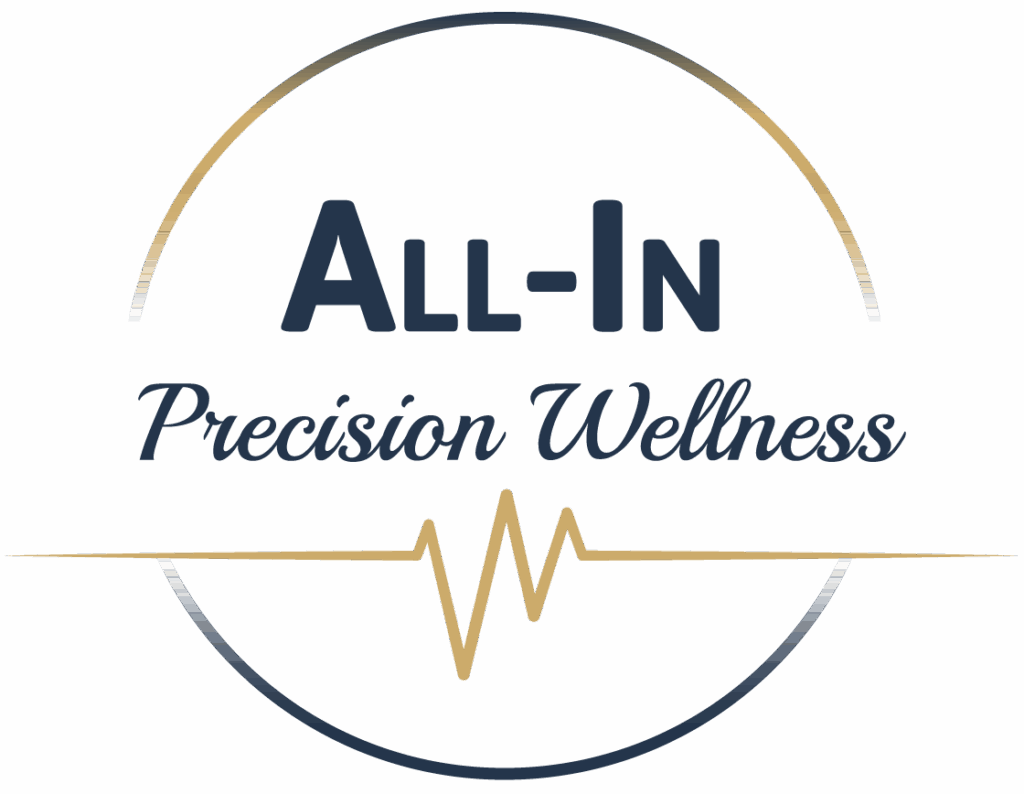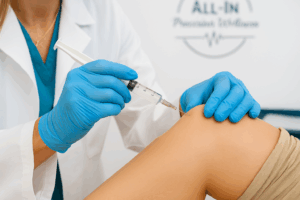Hip pain can significantly impact your quality of life, limiting your mobility and ability to engage in everyday activities. If you’re experiencing hip pain, you may have explored various treatment options, including medications, physical therapy, and even surgery. However, you may be curious about a newer approach to hip pain management known as orthobiologics. In this blog post, we’ll explore how orthobiologics work for hip pain and why they’re gaining attention as a promising treatment option.
What are Orthobiologics?
Orthobiologics are substances derived from natural sources that are used to promote healing and regeneration in injured or degenerated tissues. These substances may include platelet-rich plasma (PRP), stem cells, growth factors, and other biological agents. When injected into damaged tissues, orthobiologics stimulate the body’s natural healing processes, promoting tissue repair and reducing inflammation.

How do Orthobiologics Work for Hip Pain?
In the context of hip pain, orthobiologics can be used to treat a variety of conditions, including osteoarthritis, labral tears, tendon injuries, and hip impingement. Here’s how they work:
- Stimulating Tissue Repair: Orthobiologics contain growth factors and other signaling molecules that promote the growth of new, healthy tissue. When injected into the hip joint, these substances stimulate the repair of damaged cartilage, ligaments, tendons, and other structures, leading to pain relief and improved function.
- Reducing Inflammation: Inflammation is a common contributor to hip pain, particularly in conditions like osteoarthritis and tendinitis. Orthobiologics have anti-inflammatory properties that help reduce swelling, pain, and stiffness in the hip joint, allowing for greater comfort and mobility.
- Enhancing Healing: Orthobiologics can enhance the body’s natural healing processes by providing a concentrated source of regenerative factors. This accelerates the healing response in the hip joint, leading to faster recovery times and improved outcomes for patients.
Benefits of Orthobiologics for Hip Pain:
- Non-surgical: Orthobiologics offer a minimally invasive treatment option for hip pain, reducing the need for surgery and its associated risks and downtime.
- Natural: Orthobiologics are derived from the patient’s own blood or tissues, minimizing the risk of allergic reactions or rejection.
- Long-lasting: Orthobiologics can provide long-lasting pain relief and functional improvement in the hip joint, allowing patients to enjoy a better quality of life.
Conclusion:
Orthobiologics offer a promising approach to hip pain management, harnessing the body’s own healing mechanisms to promote tissue repair and reduce inflammation in the hip joint. If you’re struggling with hip pain, consider consulting with a qualified healthcare provider to explore whether orthobiologics may be a suitable treatment option for you. With their expertise and guidance, you can take proactive steps towards relieving pain, improving function, and restoring your mobility and quality of life.
As always, please reach out with any questions.




